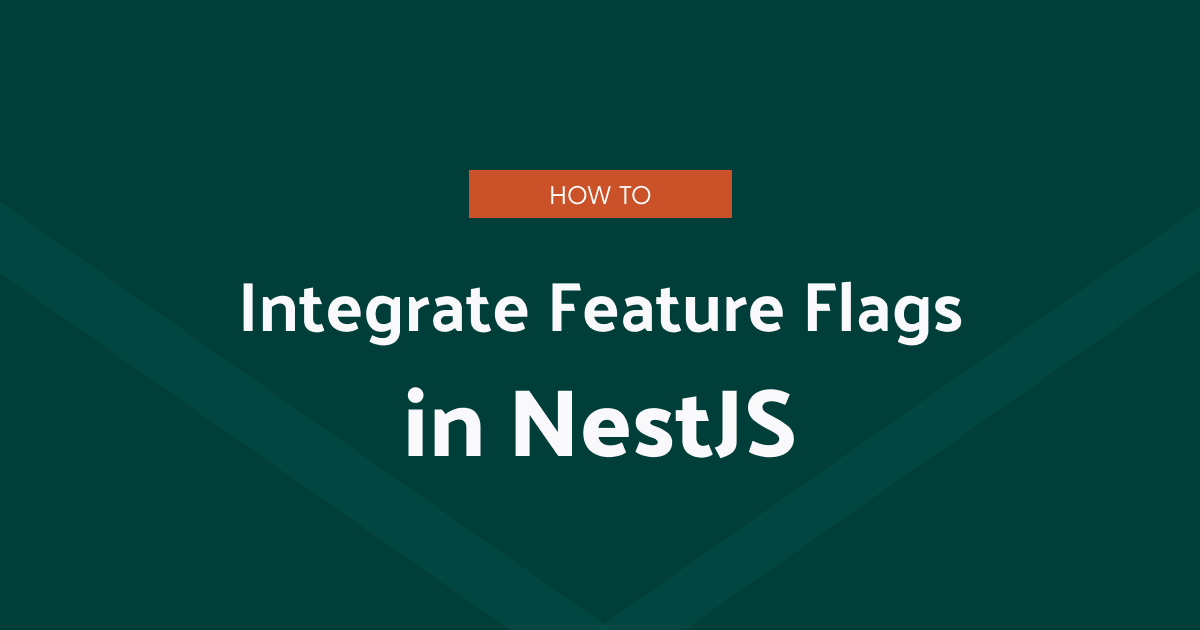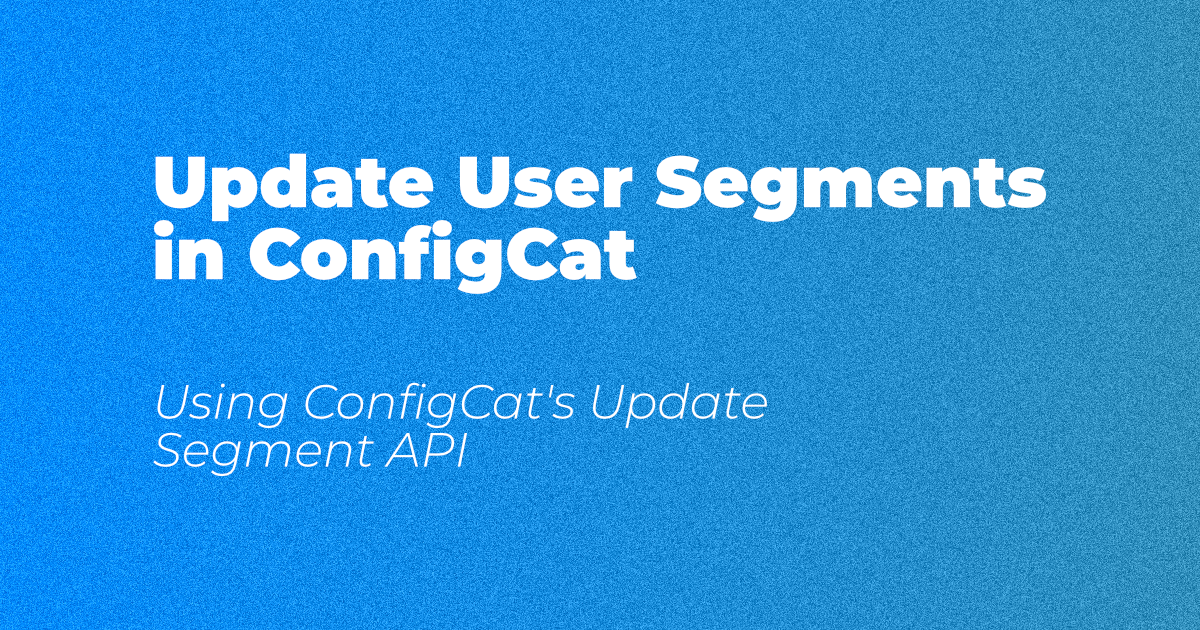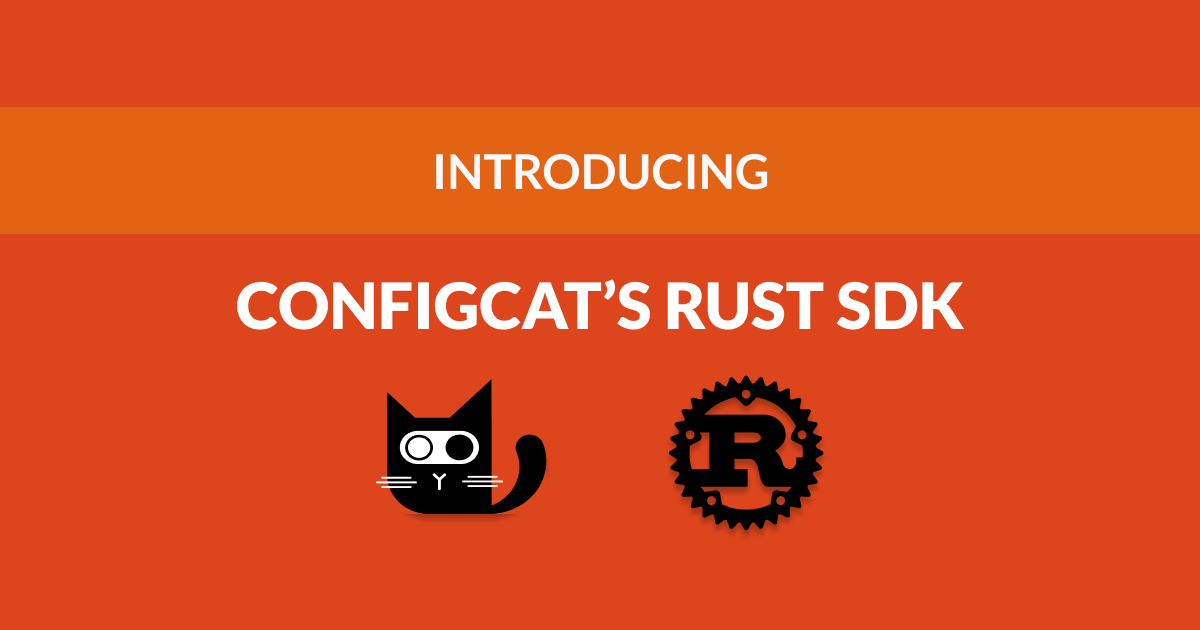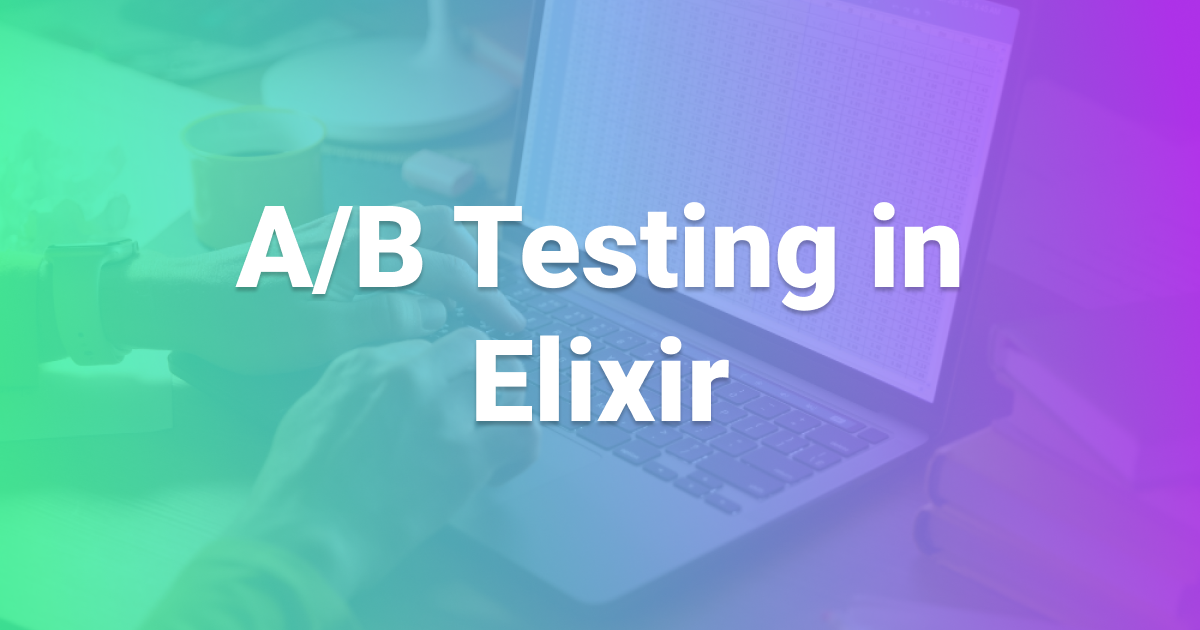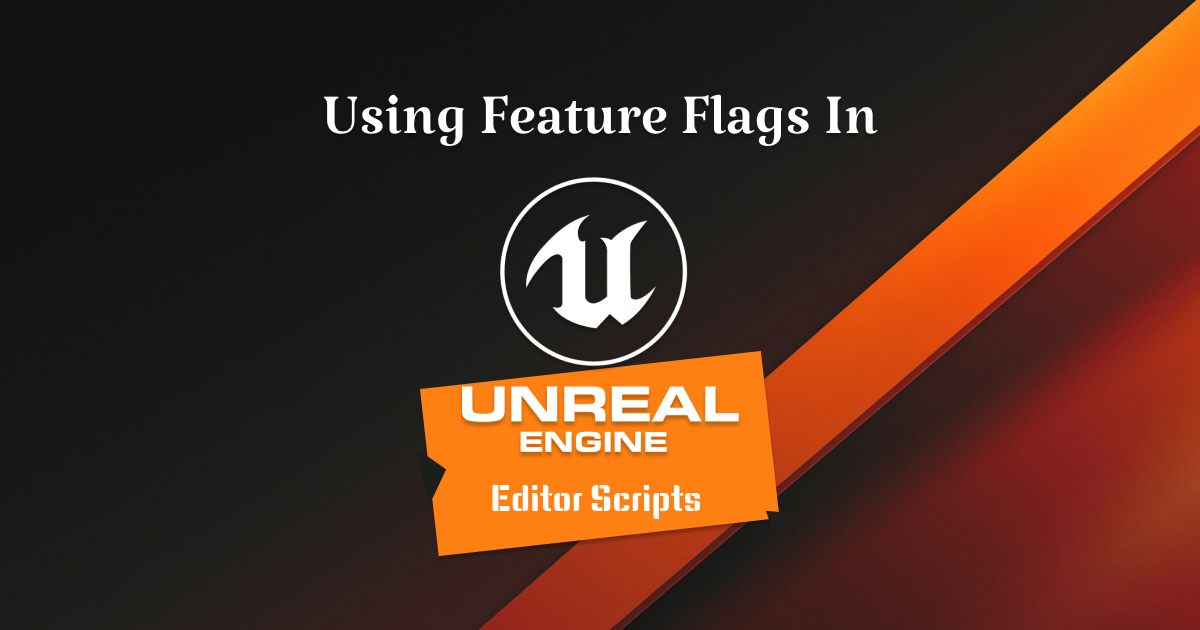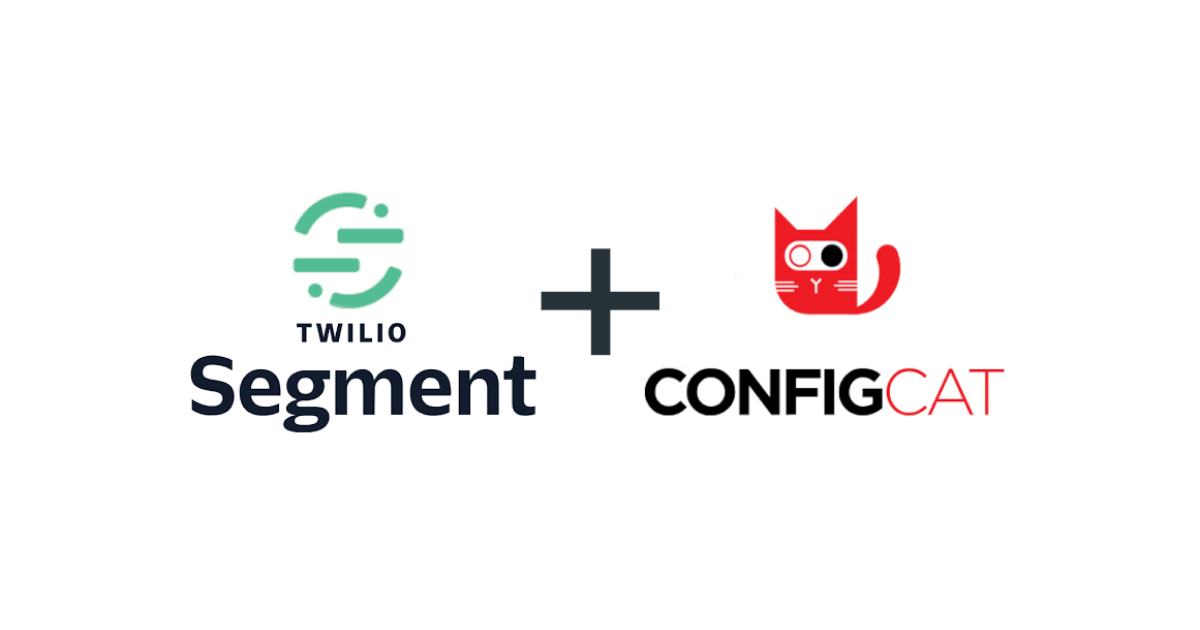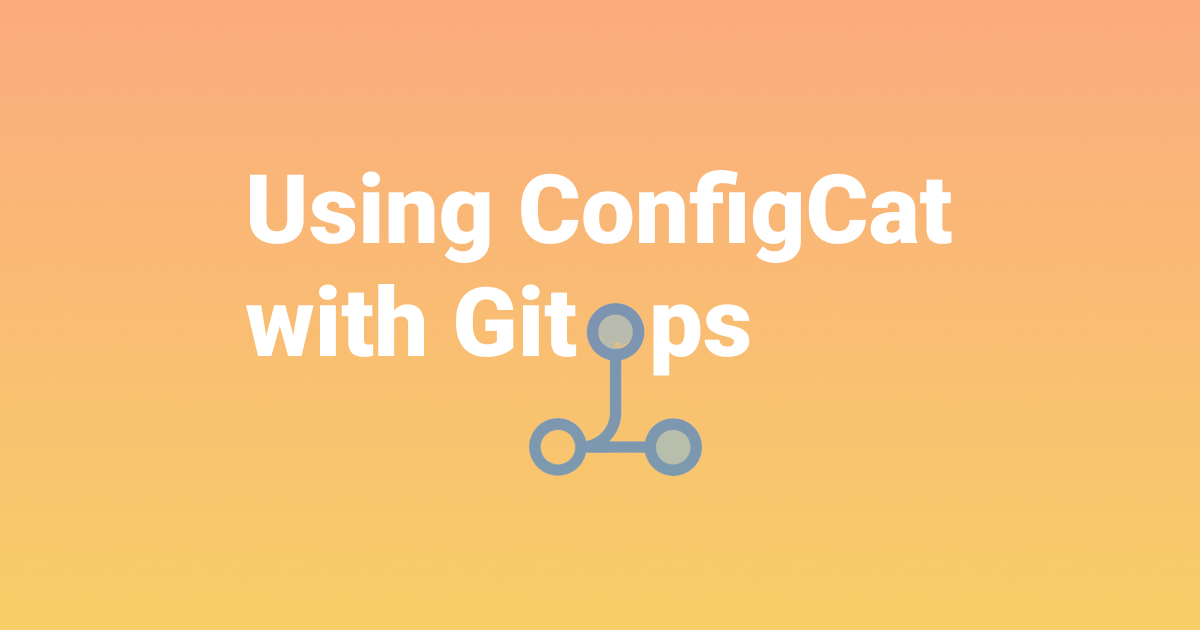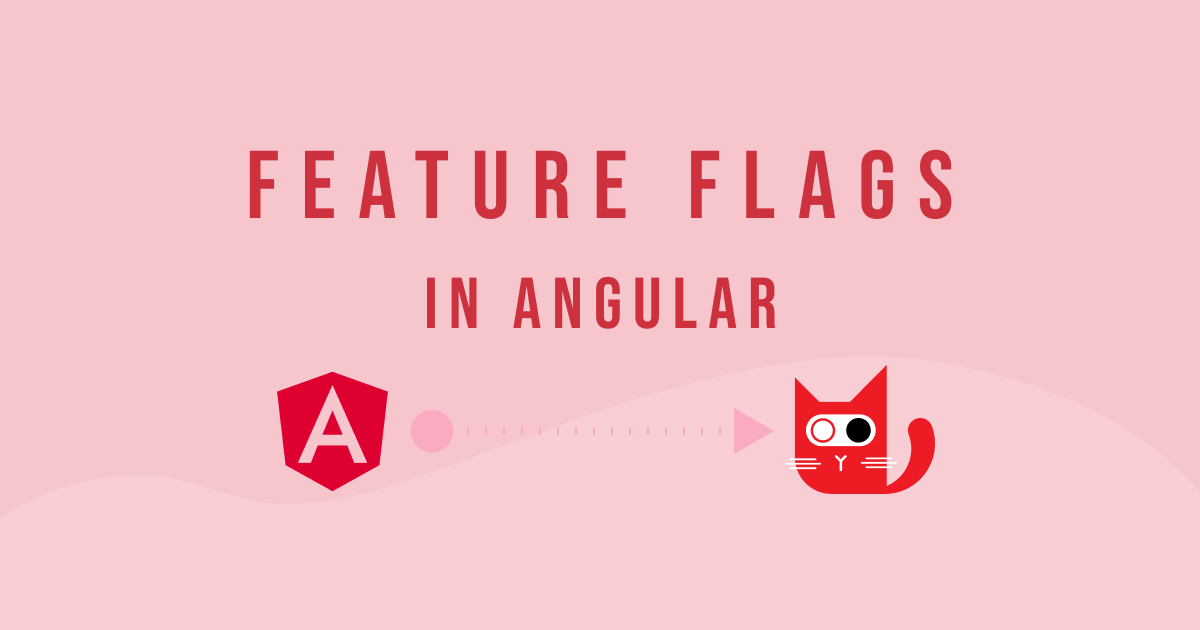Feature Flags in Flutter: Smarter Releases with ConfigCat
Releasing new features in a mobile app can feel like walking a tightrope, especially when updates require going through lengthy App Store and Google Play review processes, and users still need to download the new build. That's where feature flags come in. They are software development tools that give developers the power to toggle features remotely, test new functionality safely, and control rollouts without shipping a new app version.
This guide shows you how to use feature flags in Flutter (Dart) with ConfigCat, focusing on best practices, manual polling, offline support, and real-world examples.



